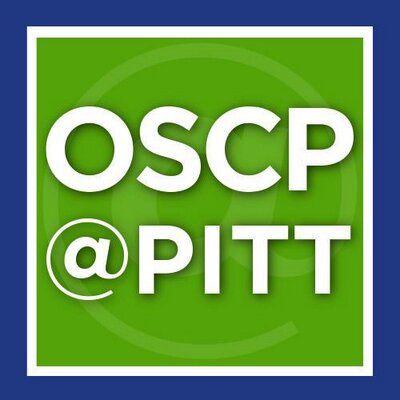Wiegand, Connor
(2024)
Pancreatic Islet Microphysiology System for Disease Modeling of Type 2 Diabetes.
Doctoral Dissertation, University of Pittsburgh.
(Unpublished)
Abstract
Diabetes has become an increasingly prominent global issue afflicting 10% of world’s population where type 2 diabetes (T2D) comprises the majority of those diagnosed. T2D correlates with a toxic bioenvironment that leads to the body’s inability to properly self-regulate blood glucose due to the dysfunction of insulin producing pancreatic islets. While the outcome of T2D is well recognized, the pathogenesis of the disease still requires greater understanding with most studied mechanisms having a non-human basis. Additionally, current disease models fail to fully replicate disease conditions for drug testing leading to only 10% success in clinical trials. To bridge the gap and more accurately replicate human disease, microphysiological systems (MPS) have risen as a viable alternative since they combine microfluidics and tissue engineering to mimic the in vivo micro-environment.
This dissertation focuses on the development of an islet-MPS that utilizes both primary and stem cell-derive tissue to simulate the pathogenesis and drug testing for T2D. In this pursuit, we developed the pancreatic islet (PANIS) system that was able to sustain a healthy islet environment with glucose sensitive insulin secretion from both primary and stem cell-derived islets for more than two weeks. Disease induction was tested by subjecting the primary islet PANIS to toxic conditions correlated with T2D, such as hyperglycemia and/or high free fatty acids (lipotoxicity). The effects of these combinations were studied thoroughly using viability and functionality assays along with RNA sequencing to determine how each toxic factor affected islets and what toxic condition would most closely replicate T2D. This toxic conditioned islet MPS was able to test drug efficacy with dose dependent trials using the anti-oxidant drug, Resveratrol. Additionally, innate immune cell interactions were studied by co-culturing the primary and stem cell-derived islets with neutrophils while simulating disease conditions. The result of this dissertation ultimately provides a robust islet MPS that can be used to model islet-specific disease induction and drug treatment with the capabilities for personalized medicine using human stem cells.
Share
| Citation/Export: |
|
| Social Networking: |
|
Details
| Item Type: |
University of Pittsburgh ETD
|
| Status: |
Unpublished |
| Creators/Authors: |
|
| ETD Committee: |
|
| Date: |
11 January 2024 |
| Date Type: |
Publication |
| Defense Date: |
20 October 2023 |
| Approval Date: |
11 January 2024 |
| Submission Date: |
6 November 2023 |
| Access Restriction: |
No restriction; Release the ETD for access worldwide immediately. |
| Number of Pages: |
216 |
| Institution: |
University of Pittsburgh |
| Schools and Programs: |
Swanson School of Engineering > Chemical Engineering |
| Degree: |
PhD - Doctor of Philosophy |
| Thesis Type: |
Doctoral Dissertation |
| Refereed: |
Yes |
| Uncontrolled Keywords: |
Organ-on-chip, Human Pluripotent Stem Cells, iPSC, hPSC |
| Date Deposited: |
11 Jan 2024 19:42 |
| Last Modified: |
11 Jan 2024 19:42 |
| URI: |
http://d-scholarship.pitt.edu/id/eprint/45493 |
Metrics
Monthly Views for the past 3 years
Plum Analytics
Actions (login required)
 |
View Item |








